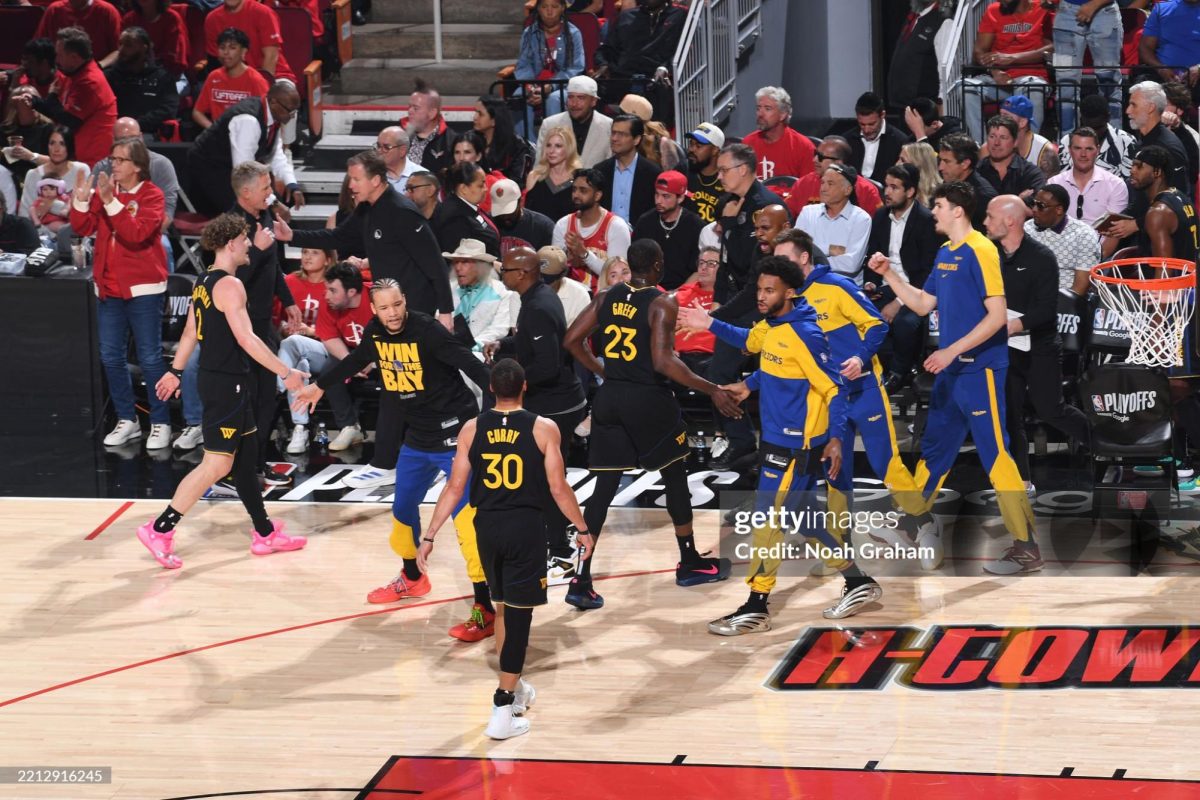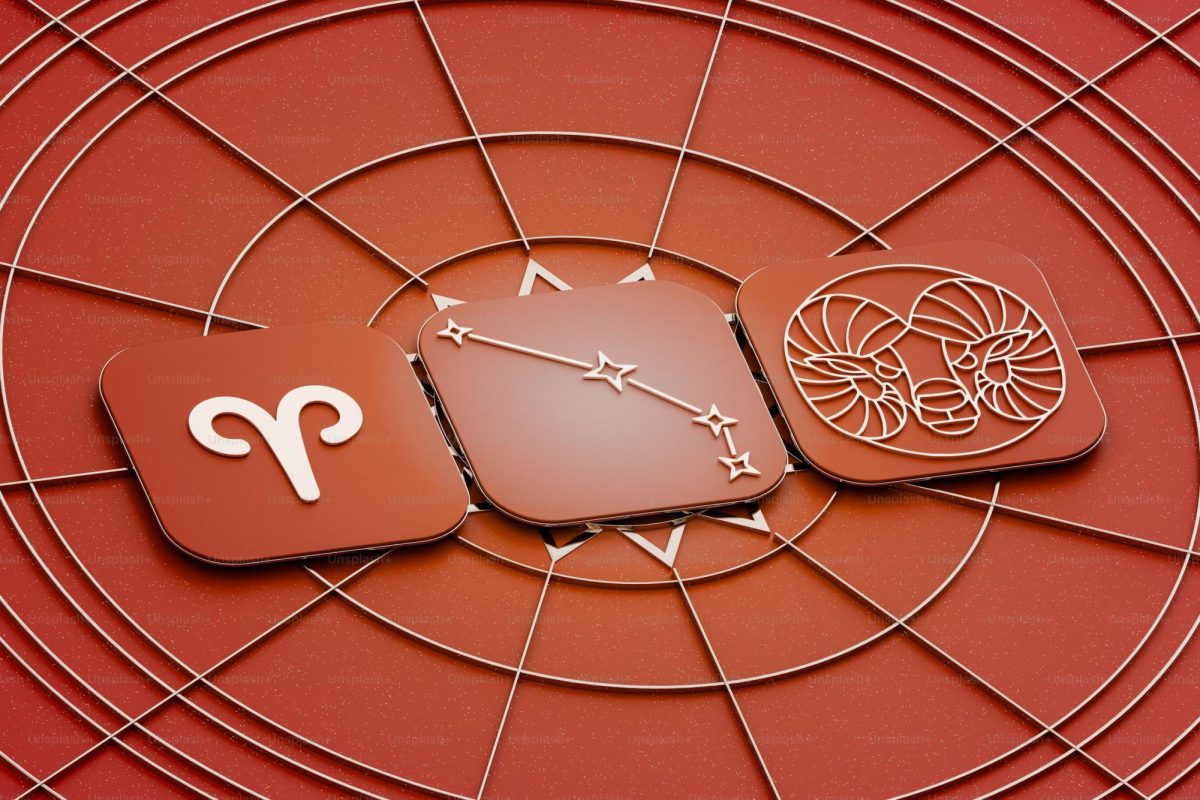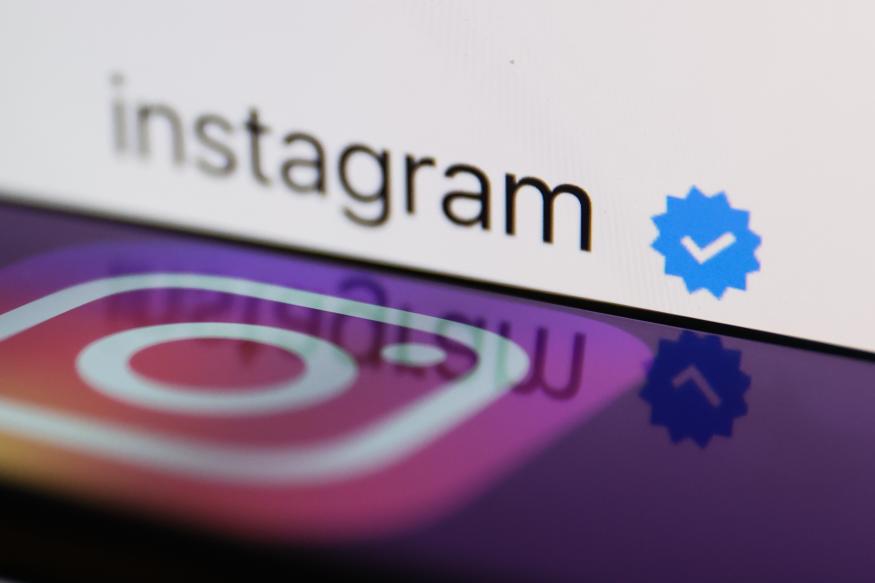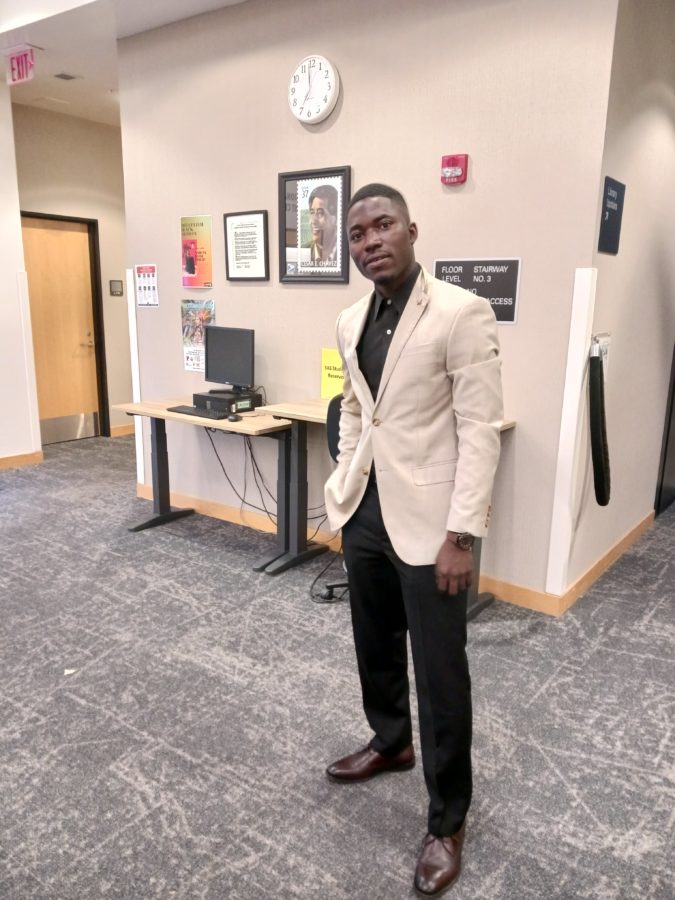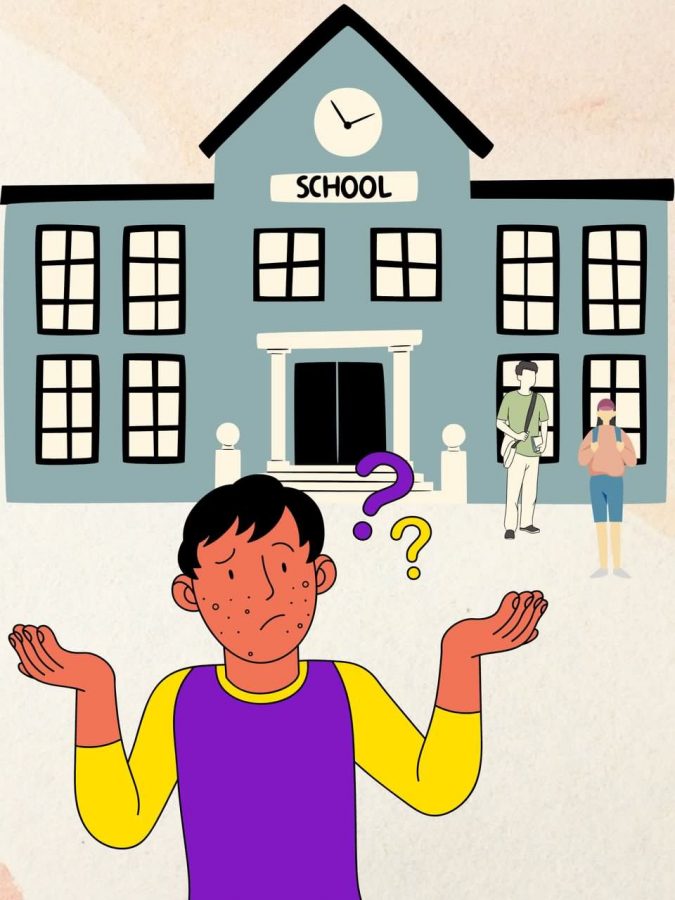
Steve Jobs is dead. He died in the company of his family in Palo Alto, CA on Wednesday Oct. 5 leaving behind a legacy of inventions and innovations which have changed those around him, Silicon Valley and the World.
Jobs has been described as a punk, a thief and a pirate over the years of his tenure at Apple and NeXT. Many of who have applied these terms to him have been left behind while few others have retained their empires and all have eventually considered Jobs a honored competitor or friend.
With Apple now one of the most-valued companies on the planet with assets greater than multiple countries combined his, legacy shows along with his pride in his work.
The company started off in 1976 with three employees and incorporated with only two, Jobs and his friend and hardware genius Steve Wozniak, combining their talents to create one of the original great personal computers. Jobs, always trying to look for the next great thing, took a couple of colleagues to Xerox’s PARC to demo their new system; one involving a mouse and application windows.
Jumping on the idea he had his best team start work on a project named after his first daughter, Lisa.
He was ousted from the team in 1982 and joined the Macintosh team, pushing toward his ideal of form not following function but being held in equal regard. With disagreements between him and Apple Computer’s CEO John Sculley, he left to start another company, NeXT Computers.
At NeXT he worked towards making a new type of computer and operating system for the high-end market. The NeXT operating system later became the groundwork for Apple’s Mac OSX after they purchased NeXT and Steve resumed his position of CEO.
Before Jobs returned to Apple he purchased LucasFilm’s The Graphics Group and formed it into a new company named Pixar. Jobs supplied top of the line equipment for this company and was able to secure distribution for the movies through Disney.
After his return to Apple he shut down many of the projects such as the Newton personal planner and the Apple Compact Disc player. By consolidating these resources and focusing back on well-designed multimedia experiences he was able to create a product which allowed Apple to prosper. At the same time he helped push devices which implemented his vision of an Apple family of devices, including the iPod.
With the progression of the Apple devices towards smaller sizes with greater access to other applications he decided it was time to work on a device to replace the cell phone.
The iPhone was the first device to marry Jobs’ belief in an easy user interface with mobile internet and a software base which allowed the installation of a growing library of applications. This device was an instant hit and competitors were quick to create their own devices to capitalize on the many innovations just as the Personal Computer market adopted the windowed interface and the mouse.
After a couple of iPhone revisions Jobs had another trick up his sleeve. He introduced the iPad, a tablet using the same interface as the iPhone but with a much larger form factor, a direct attack at the failed tablet computer industry attempted by nemesis Microsoft.
This came at much a shock to the tech world because it allowed any user to access deep applications through an innovative touch interface that was unseen outside of movies.
With these devices came a push away from the PC market, ironically created mostly by Jobs with the Apple II, toward the phone and tablet market, which is being felt today in computer sales.
The iPhone and iPad have been updated to new versions and extended to include storing books, magazines and newspaper while Jobs’ health deteriorated. He stepped down from his position as CEO to take over as the Chairman of the Board of Directors to focus on his health. On Wednesday the iPhone 4S was revealed, minus a grinning Jobs and his “One more thing.” This was unusual, but expected given his transition. Later that night it was announced that he had died, bringing to end an era of exploration and innovation in technology, how that tech interacts with us and how we interact with the world.


